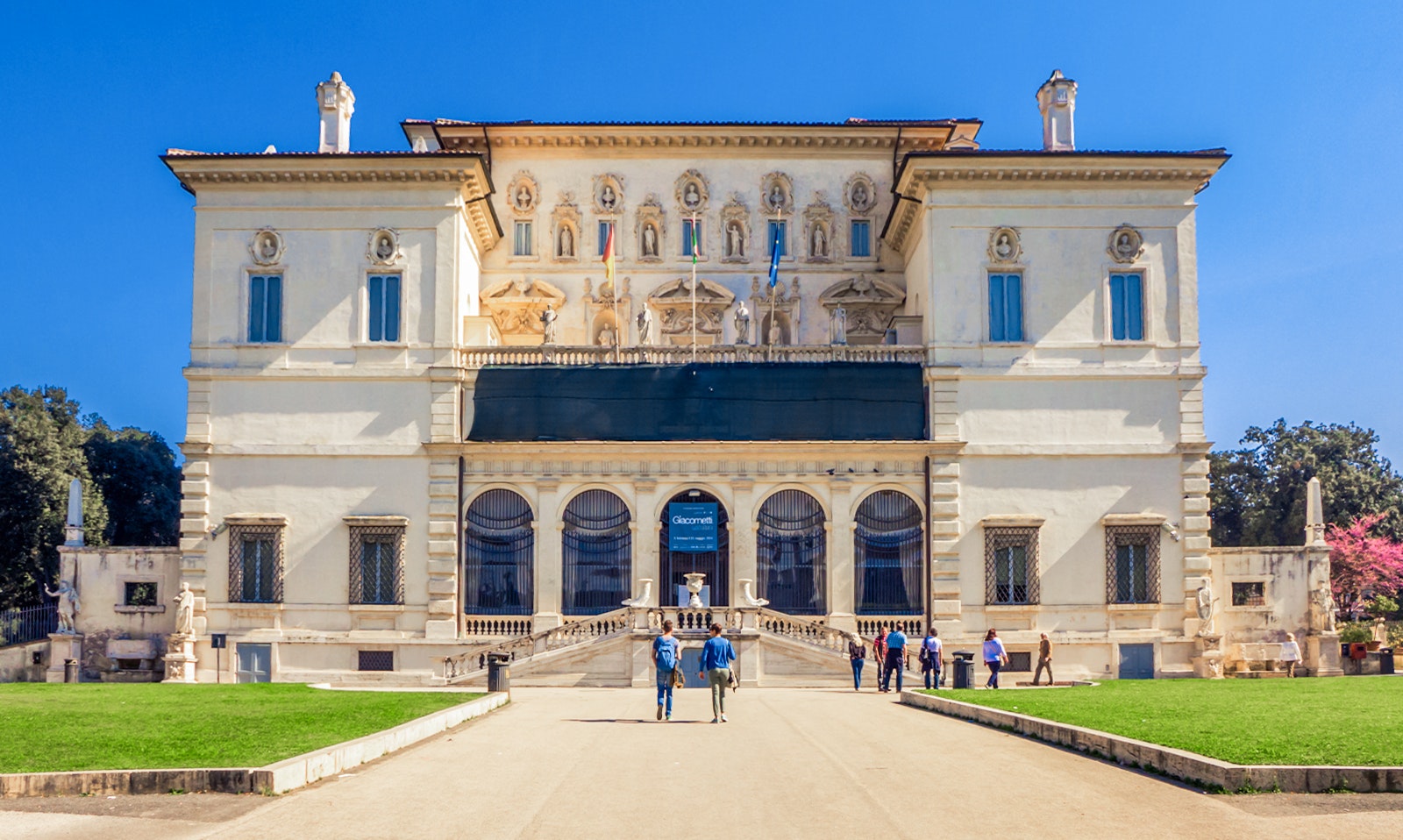Swing by the Borghese Gallery and let Bernini blow your mind. This place is a treasure trove of Renaissance gems, with pieces created by the likes of Antonello da Messina, Giovanni Bellini, Raphael, and the master sculptor, Gian Lorenzo Bernini. The only downside: you've got a tight two-hour window to see it all. So, make every minute count! Keep reading, for we’ve got the best strategies and a list of the must-see highlights to help map out your visit expertly.

Before you visit Borghese Gallery
Before you head to the Borghese Gallery, make sure to grab your tickets online—no on-site sales here. Once you enter, you’ll get a two-hour slot to check out everything across two levels, with 20 rooms in total.
Here's a pro tip: Dedicate a good chunk of that time, say around 75 minutes, to the ground floor. That's where the big shots are, especially those jaw-dropping Bernini sculptures! Then you can meander up to the first floor, where you'll find an impressive collection of paintings.
Best time to visit
Timing is everything if you want to avoid the crowds. Aim for early mornings when it just opens or late afternoons around 4 pm during the week. Tuesdays and Thursdays tend to be less crowded. Also, keep in mind that the gallery is closed on Mondays. The best months for a visit are April, May, and October when Rome's tourist traffic is lighter. Always check for any special events or temporary closures before planning your trip to ensure the smoothest experience.

Tickets to Borghese Gallery
Opening hours
Borghese Gallery:
- Borghese Gallery is open daily from 9 am to 7 pm except on Mondays and the last admission is at 5.45 pm.
- The gallery is closed on Christmas and New Year’s Day.
- On April 18 and 19 as well as June 20, 2024 the Borghese Gallery will remain closed due to institutional closure.
- The Borghese Gallery is free to visit on the first Sunday of every month. Book at least 10 days in advance as reservations fill up fast.

Tips for visiting Borghese Gallery
- Upon entry, you will receive a color-coded sticker to ensure your visit does not exceed two hours. So make sure you explore everything within this timeframe.
- A guided tour can greatly enrich your experience, especially if you don’t have enough context on the artwork.
- Visit the Borghese Gardens to enjoy a leisurely walk under the trees.
- An even better way to avoid crowds at the Borghese Gallery, is to start your visit on the first floor and work your way down to the ground floor (remember to spare more time for this) since most visitors typically do the opposite. This will give you more time to enjoy the sculptures with fewer people around.
- Consider visiting the nearby Parioli district, home to numerous eateries like Ercoli 1928, Molto and Ai Piani.
Getting to Borghese Gallery
🚇 By Metro:
By metro: The closest metro station is Spagna on Line A. You can also get down at Flaminio–Piazza del Popolo station, which is the next stop and just a short walk away from the gardens.
🚌 By Bus:
Pinciana/Museo Borghese is the nearest bus station. Take bus routes 910 or 92 from Termini Railroad Station, or bus routes 63, 83, 52, and 53 from Barberini Metro Station.
Amenities and accessibility
Amenities
- At the entrance to the Borghese Gallery, you'll spot Molto alla Galleria Borghese, a cozy cafe serving coffee, tea, pastries, snacks, and authentic Italian dishes.
- You’ll find the restroom upon your entry to your left on the ground floor.
- Please note that the museum requires all guests to undergo security screening, and prohibits items like luggage, strollers, food, drinks, umbrellas, selfie sticks, and tripods. While there is a cloakroom in the basement to store these items, it cannot accommodate large luggage.
Accessibility
Since the Borghese Gallery is housed in an old building, it has certain accessibility constraints for visitors with disabilities. Those with mobility issues can access the museum via a stairless back entrance and can navigate different floors using an on-site elevator. While the museum is wheelchair-friendly, visitors are required to swap their personal wheelchairs for museum-provided ones because the elevator is too small to accommodate larger models.


